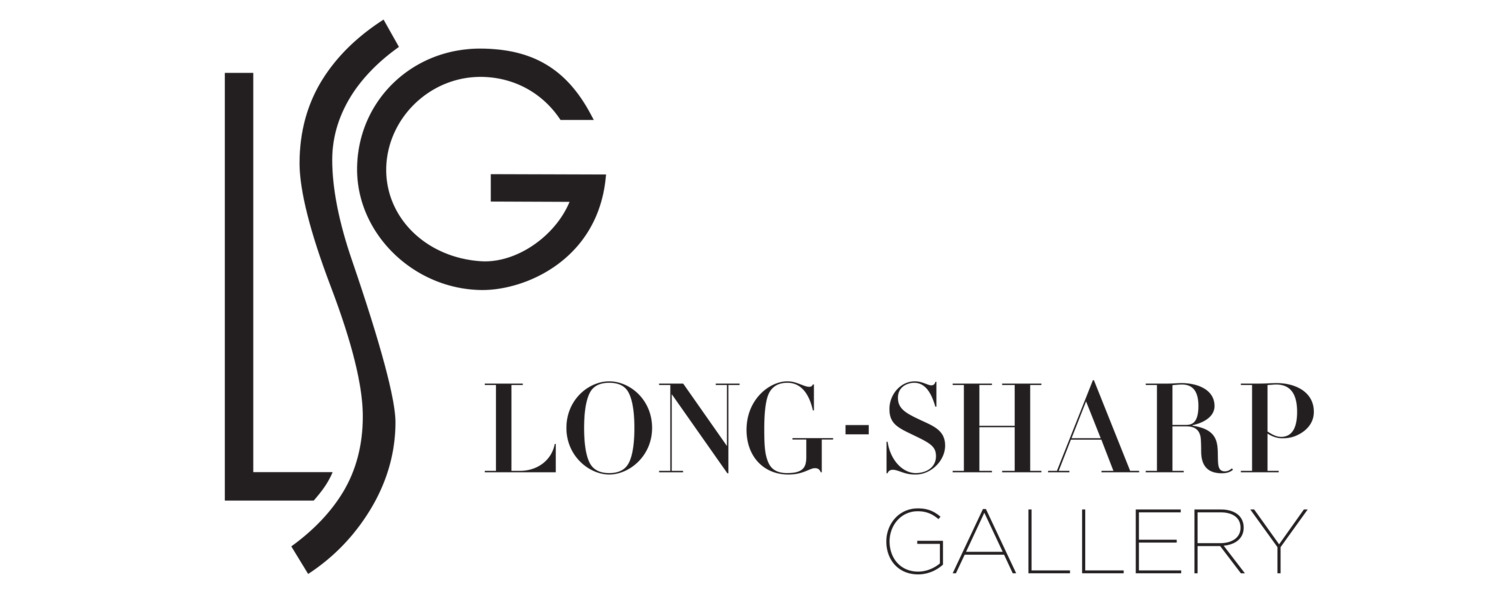Robert Motherwell
Robert Motherwell was born on January 24, 1915 in Aberdeen, Washington. His family moved to San Francisco when Motherwell was very young, and he received a fellowship to the Otis Art Institute in Los Angeles at only eleven years old. He attended undergraduate university at Stanford University (where he received a degree in Philosophy), and pursed his graduate studies at Harvard University and Columbia University.
New York became Motherwell’s permanent home in 1939; there, he met Surrealists like Roberto Matta and Max Ernst – though Motherwell would not embrace Surrealism as a whole, he did appropriate and embody the tenet of psychic automatism. For Motherwell, this meant painting without preconceived ideas – letting his brush wander. It was a tenet that pervaded his practice, and that he later taught to the likes of Willem de Kooning and Jackson Pollock. In this way, he became a bridge between the Surrealist movement and the movement he then helped to establish: Abstract Expressionism.
In 1949, Motherwell coined the term “The New York School” to encapsulate the Abstract Expressionist artists living and working in New York during the time, including among them Willem de Kooning, Franz Kline, William Baziotes, Jackson Pollock and, of course, Motherwell. In 1957, Motherwell met famed artist Helen Frankenthaler; their mutual interest in the poetry of abstract art would act as an additional influence on their respective works for the next several years.
Retrospectives of the artist’s works have been held across the globe. Museum collections include the Tate (London), the National Gallery of Art (Washington D.C.), the Museum of Modern Art (New York), among others. The artist died on July 16, 1991.


